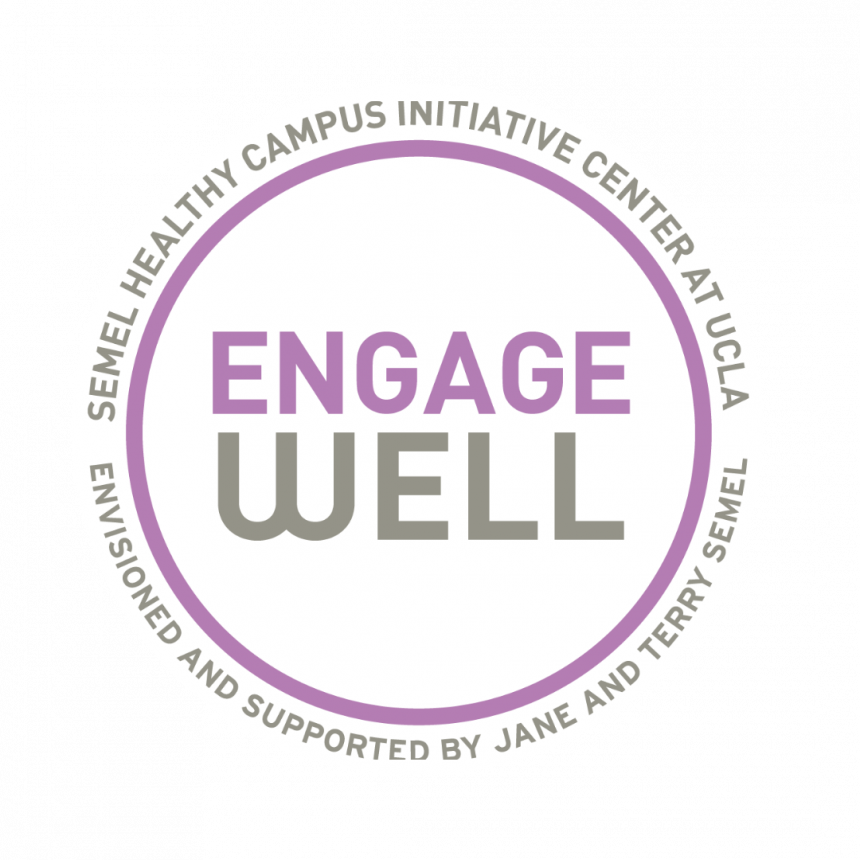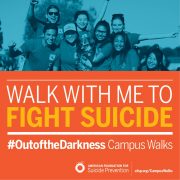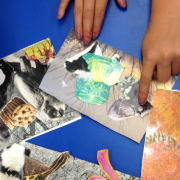How to stay grateful after Thanksgiving
Thanksgiving has come and gone; taking with it the feeling of fall coziness and the smell of pumpkin pie, and leaving behind the lure of winter break and an extended vacation. While some families celebrate in the traditional Thanksgiving style, with a roast turkey and everyone listing what they’re thankful for before dinner, others denounce the holiday as a glorification of the abuse of Native Americans. Still others don’t celebrate at all, as Thanksgiving is an American holiday not often observed by UCLA’s international students. Regardless of your opinion on Thanksgiving, it’s worth considering adopting its central theme, thankfulness, as acknowledging your gratitude can be an extremely effective and efficient way to improve your quality of life.
In fact, research shows that reminding yourself of what it is you are grateful for about a loved one has a “uniquely predictive power in relationship promotion, perhaps acting as a booster shot for the relationship.” But gratitude won’t just improve your relationships. It’s also been proven that “the more a person is inclined to gratitude, the less likely he or she is to be depressed, anxious, lonely, envious, or neurotic.”
Here are three ways you can incorporate practicing gratitude into your daily life.
- Start the day by writing down one thing you’re grateful for.
Keeping a small notebook filled with lists of good things in your life is not just a cute idea you can find all over Pinterest. It’s a great way to set a focus for your day in addition to practicing gratitude. When you write down the best things going on in your life, you’re forcing yourself to acknowledge what does and does not matter, thereby better defining your own values while practicing gratitude – it’s the perfect two birds with one stone!
- Say thank you once a day.
Muttering “thanks” as you rush forward to catch a door held open for you doesn’t count. Make it a goal to thank someone for something that required time and effort once a day. It doesn’t necessarily have to be something they did for you; you could thank them for an inspiring post they made on social media or for a positive quality they possess that you’ve always admired, but never felt able to mention. Using your gratitude practice as an excuse, you can tell the people you love that you’ve always thought the way they handle themselves under pressure is amazing, that you really appreciate how they’re always suggesting fun things for you to do together, or any other compliment that has been on the tip of your tongue.
- Think about what your life would be like without the good things that have happened to you.
Perhaps rather counterintuitively, research on gratitude also shows that sometimes all it takes to feel incredibly lucky is to imagine your life without the people and events that make it special. Spend time thinking about what it would be like if you hadn’t met your best friend, or if you had never gotten that acceptance letter or taken that amazing class. Everyone has the occasional fantasy about redesigning their life, but if you think about the good things you do have, it’s scientifically proven to have a positive effect on your outlook.
Practicing gratitude can be hard. More often than not, we’re hardwired to focus more on the negative, and with the stress of finals coming up, it’s hard to find the time to count yourself as lucky. But gratitude is all about recognizing that each annoyance and stressor in your life is just one part of a much larger whole, and when you’re able to realize that, not only do you have an increased ability to turn those negatives into positives, you also have the motivation you’ll need to do it.
If you want to learn more, check out one of our older posts about a series of short films on what gratitude is, why it’s important, and tools to foster more of it in your daily life.
Maya McNealis is a second year neuroscience student. In addition to writing for the UCLA Healthy Campus Initiative, she is a news reporter for the Daily Bruin.




